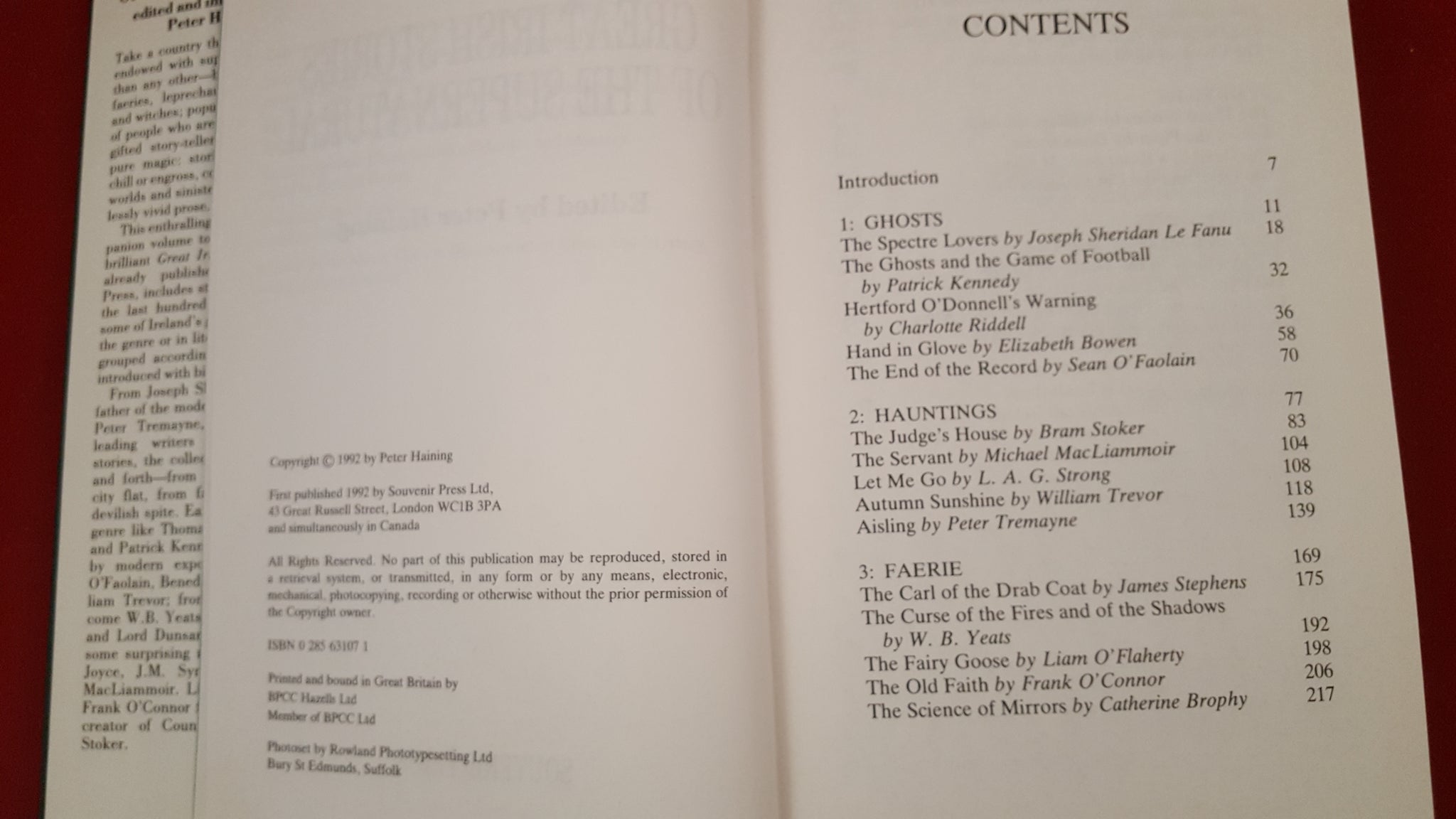

Such notions inspire Musser to place her discussion of submission in the historical context, against “the echoes of French complicity during World War II and the turbulent aftermath of rebuilding.” In addition to the “precarious moment” in which France found itself in the mid-twentieth century and its due process of decolonization, Musser sees Paulhan’s assumption that love lies behind submission “a rationalization for colonialism”, and normative French identity becoming solidified “as white, Catholic, and bourgeois.” Amber Jamilla Musser observes that Norah’s blackness “is tied to the Caribbean, specifically Barbados.” This is not just because Barbados was a British colony at the time that Aury wrote Story of O but because the link is articulated in Jean Paulhan’s preface to the novel, entitled “Happiness In Slavery”. We have already observed that the fact Sir Stephen is British can be read as a play on colloquial descriptions of S&M as the “English vice”.

Laure Moutoussamy as Norah, the maid, in Story of O (1975) Of all the players in Histoire d’O that circulate about ‘O’, perhaps the most interesting, when we take into consideration the connection to chattel slavery and its persistent prevalence in the minds of people in our society, is the mulatto servant of Sir Stephen, Norah.Ī silent and dark-skinned extension of her masters’ desires, Norah, Sir Stephen’s servant and his proxy, is an emblematic addition to the tableau of domination, one that can be seen to be marked by race, age, coldness and the unobtrusive presence of her labour. “It lost moral urgency,” writes Tupper, but became a fertile source of sexual fantasy, “Slavery in the American South… became a space for white people’s suppressed imaginings of deviant sexuality.”

Uncle Tom’s Cabin appeared in 1852, one hundred years prior to the writing of Story of O, time enough for sure, for slavery to recede from living memory in the collective minds of England and Europe. As Peter Tupper points out in Our Lives, Our History (pub 2016), Stowe mapped sexuality onto geography, “Like the Orient in earlier literature, Stowe’s South was both repellent and fascinating to readers.” Among the book’s many black stereotypes there are to be found the characters of Eliza, Cassy, and Emmeline, portrayed as light-skinned “tragic mulatto” and “sex objects”. Uncle Tom’s Cabin or, Life Among the Lowly, is the still widely read anti-slavery novel by American author Harriet Beecher Stowe. I am teasing of course, but did you know Uncle Tom was the Best Seller of the 19th century, second only to the Bible? It was that kiss which, several days later, gave her the courage to tell him that Norah frightened her… (Histoire d’O)īefore ‘Fifty Shades of Grey’ there was ‘Uncle Tom’s Cabin’… And yet, before he dismissed her, he kissed O tenderly on the mouth. … he told Norah to wait, and said that she could help O get dressed when he had finished with her.


 0 kommentar(er)
0 kommentar(er)
